Technological Innovations
Technological innovations are transforming The Global Solar Pump Inverter Industry, leading to enhanced efficiency and performance of solar pump systems. Recent advancements in inverter technology, such as maximum power point tracking (MPPT) and smart grid integration, are enabling more efficient energy conversion and management. These innovations not only improve the overall efficiency of solar pump systems but also extend their operational lifespan. Furthermore, the integration of IoT and smart technologies allows for real-time monitoring and control of solar pump systems, providing users with valuable data to optimize performance. As these technologies continue to evolve, they are likely to attract more users to solar pump inverters, thereby driving market growth.
Rising Agricultural Demand
The increasing demand for agricultural products is a key driver for The Global Solar Pump Inverter Industry. As populations grow and urbanization expands, the need for efficient irrigation systems becomes paramount. Solar pump inverters provide a sustainable solution, enabling farmers to utilize solar energy for irrigation, thereby reducing reliance on conventional energy sources. In regions where electricity supply is inconsistent, solar pump inverters offer a reliable alternative. According to recent data, the agricultural sector is projected to grow at a rate of 3.5% annually, further propelling the adoption of solar technologies. This trend indicates a significant opportunity for the solar pump inverter market, as farmers seek cost-effective and environmentally friendly solutions to enhance productivity.
Government Incentives and Policies
Government incentives and supportive policies play a crucial role in driving The Global Solar Pump Inverter Industry. Many governments are implementing programs to promote renewable energy adoption, including subsidies, tax credits, and grants for solar energy projects. These initiatives not only encourage the installation of solar pump inverters but also enhance public awareness regarding the benefits of solar energy. For instance, several countries have set ambitious renewable energy targets, aiming for a significant percentage of energy generation from solar sources by 2030. Such policies are likely to stimulate market growth, as they create a favorable environment for investments in solar technologies, including pump inverters.
Cost Reduction in Solar Technologies
The continuous decline in the cost of solar technologies is influencing The Global Solar Pump Inverter Industry positively. Over the past decade, the price of solar panels and associated equipment has decreased significantly, making solar energy more accessible to a broader audience. This reduction in costs is attributed to advancements in manufacturing processes and economies of scale. As solar pump inverters become more affordable, their adoption in various sectors, including agriculture and residential applications, is likely to increase. Market data suggests that the cost of solar energy systems has dropped by approximately 80% since 2010, which could lead to a surge in installations of solar pump inverters, thereby enhancing market growth.
Environmental Sustainability Initiatives
The growing emphasis on environmental sustainability is a significant driver for The Global Solar Pump Inverter Industry. As concerns regarding climate change and environmental degradation intensify, there is a collective push towards adopting renewable energy solutions. Solar pump inverters, which harness solar energy for irrigation and other applications, align with sustainability goals by reducing carbon footprints and promoting eco-friendly practices. Market trends indicate that consumers and businesses are increasingly prioritizing sustainable solutions, which could lead to a higher demand for solar technologies. This shift in consumer behavior, coupled with corporate sustainability initiatives, is likely to bolster the adoption of solar pump inverters, contributing to market expansion.



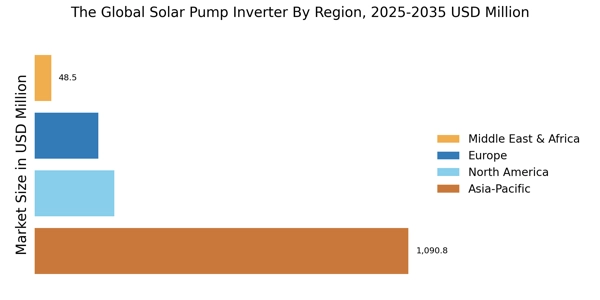
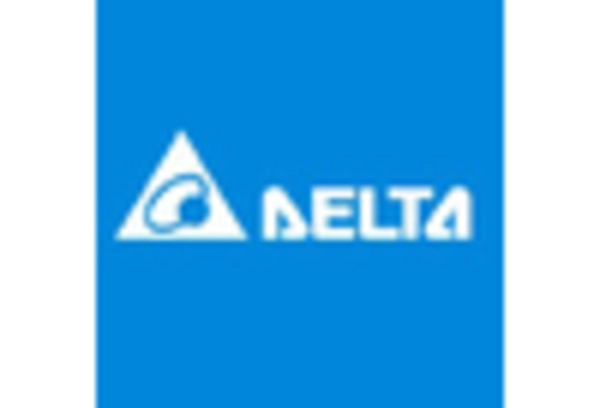

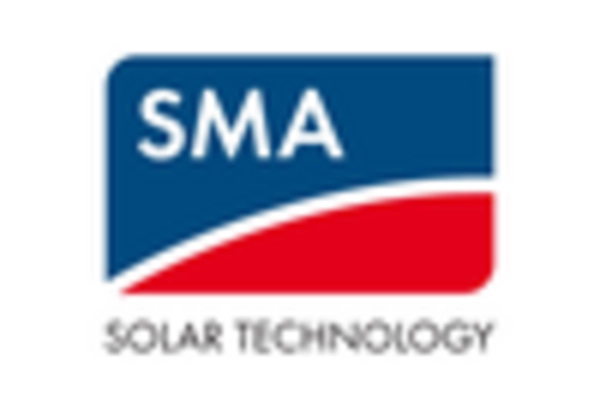
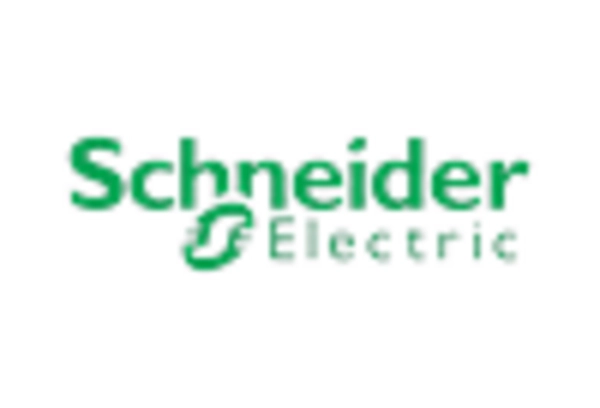
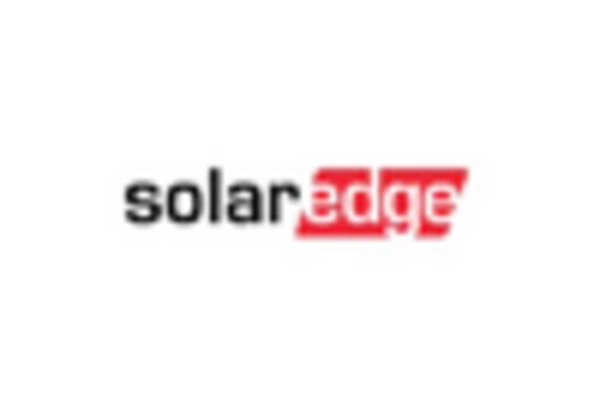









Leave a Comment